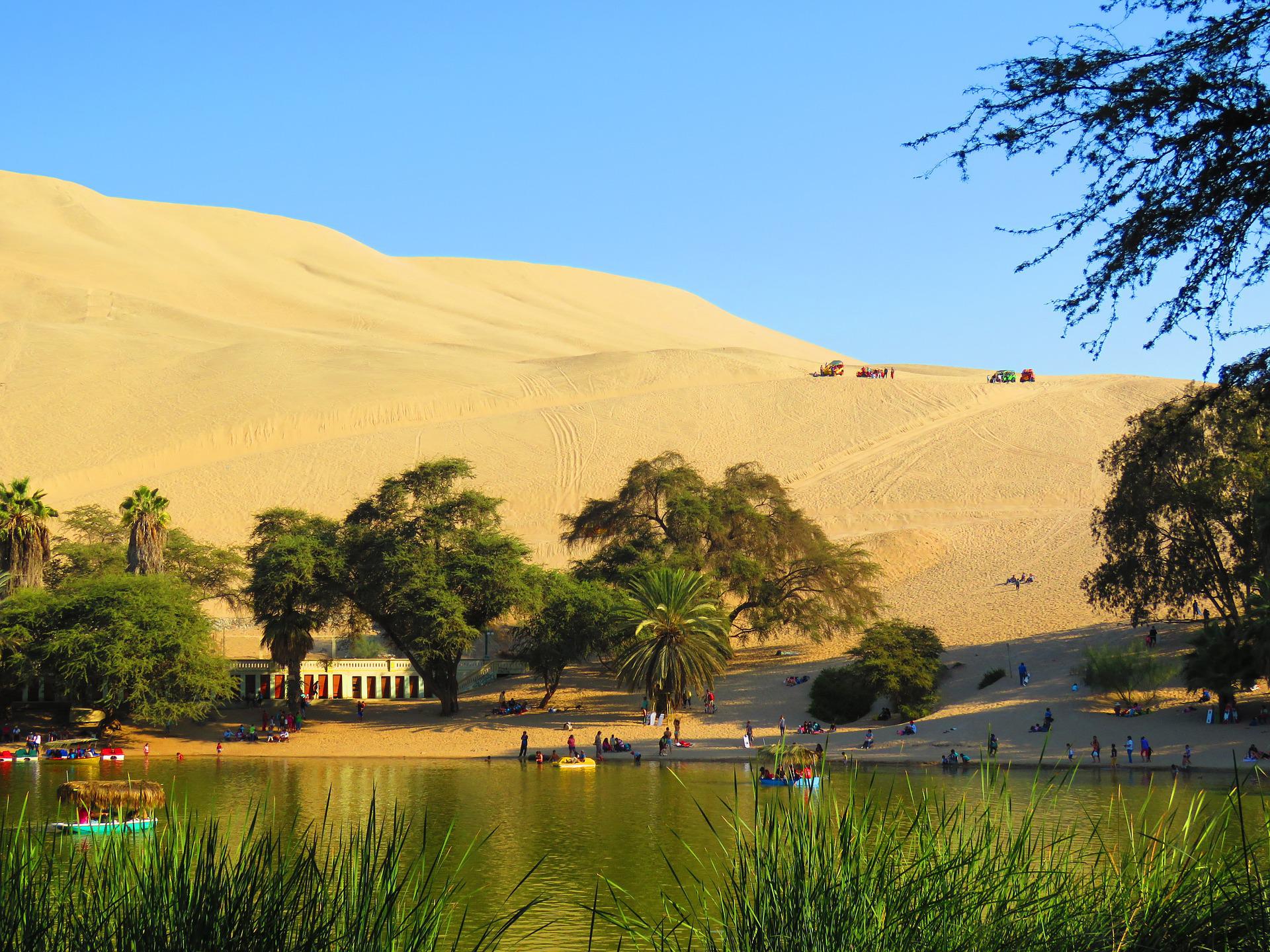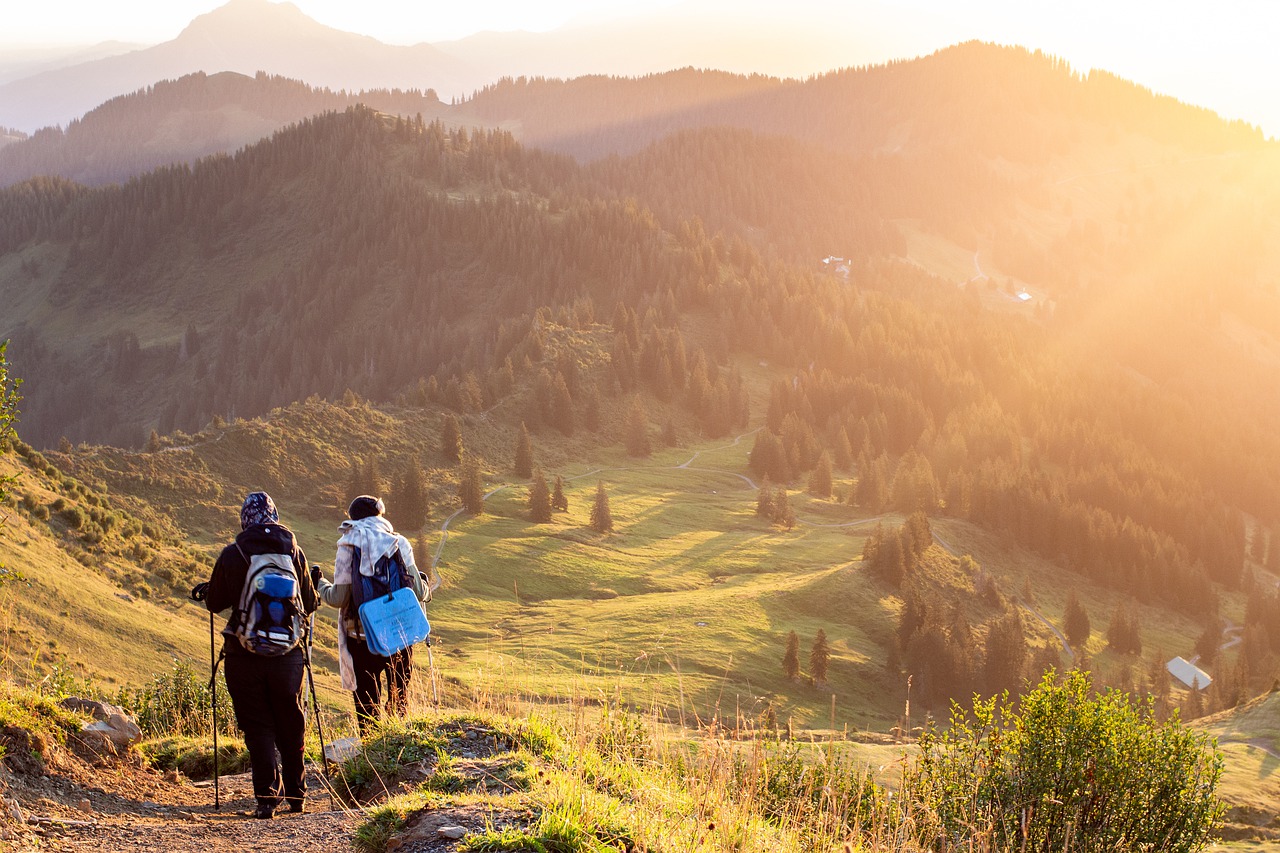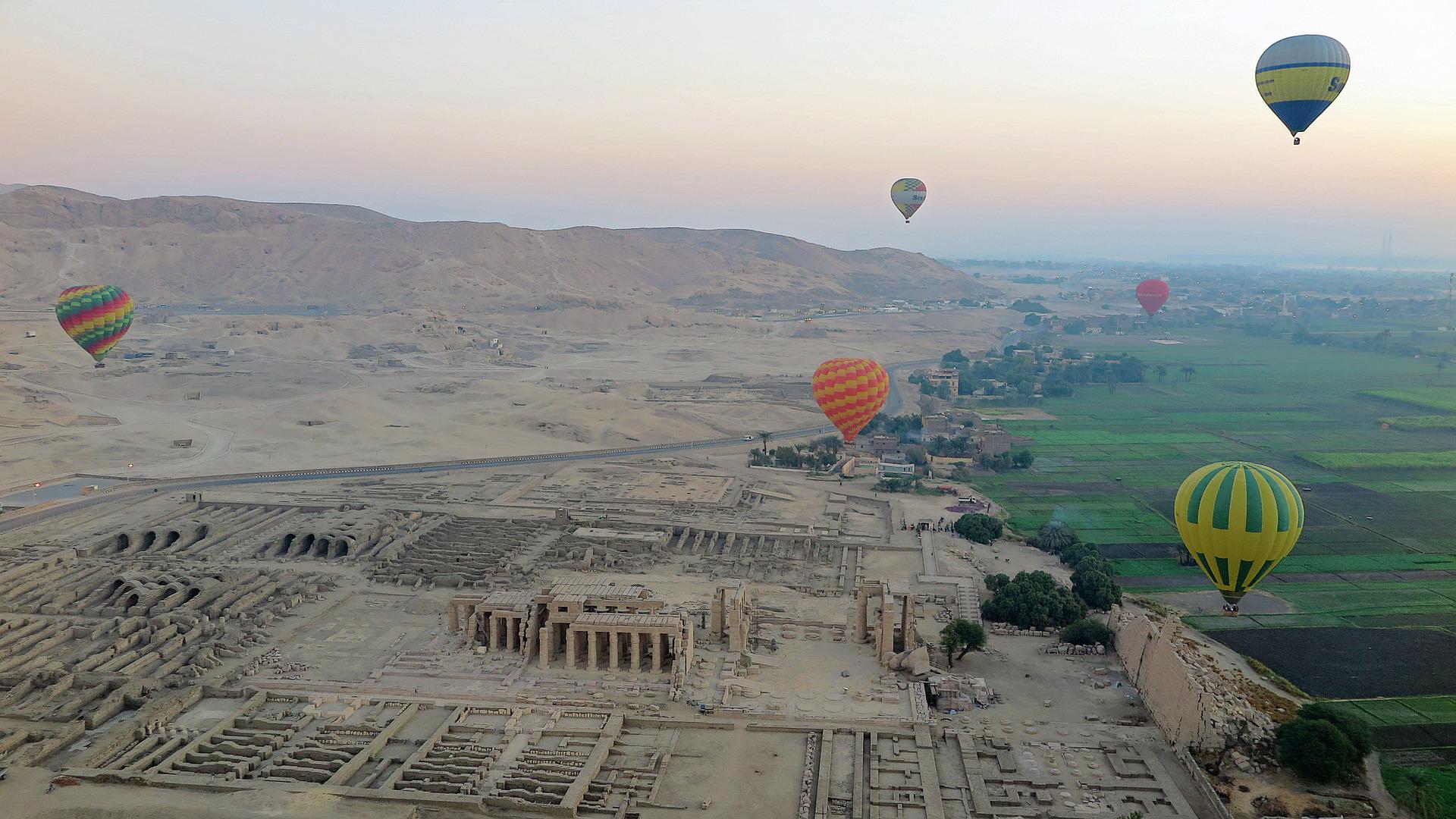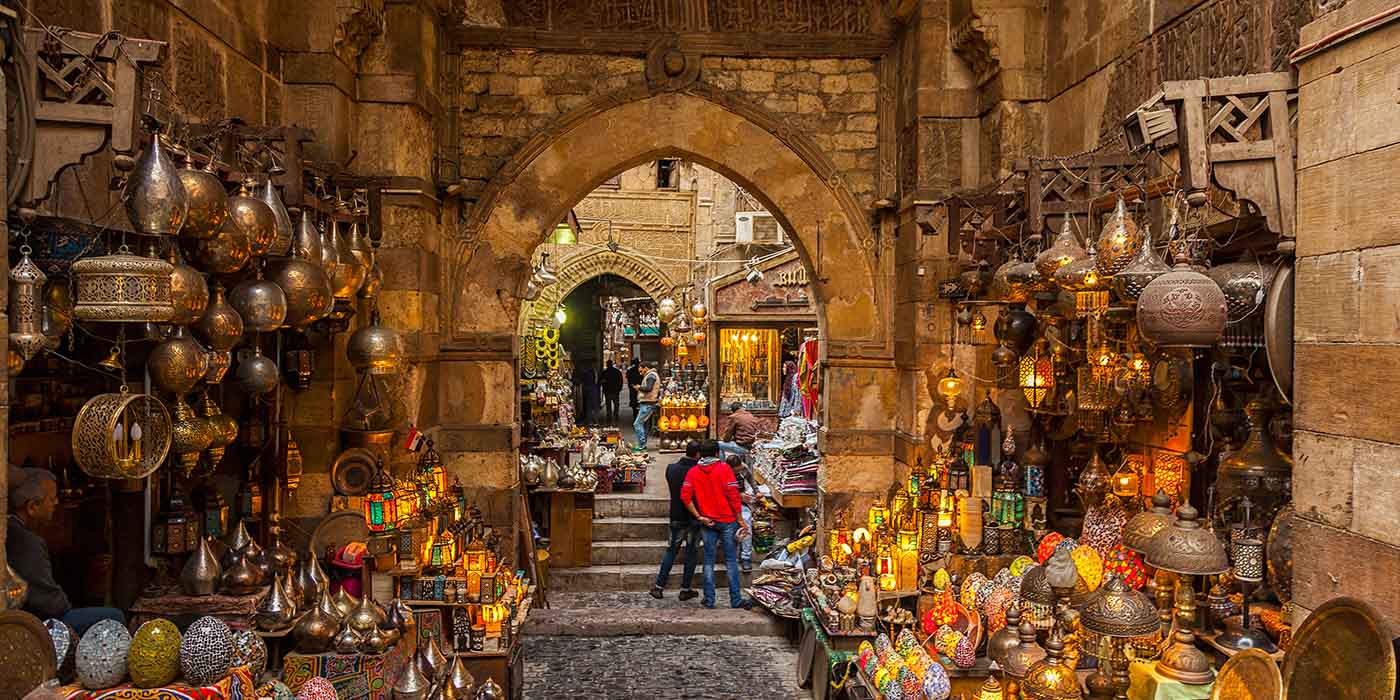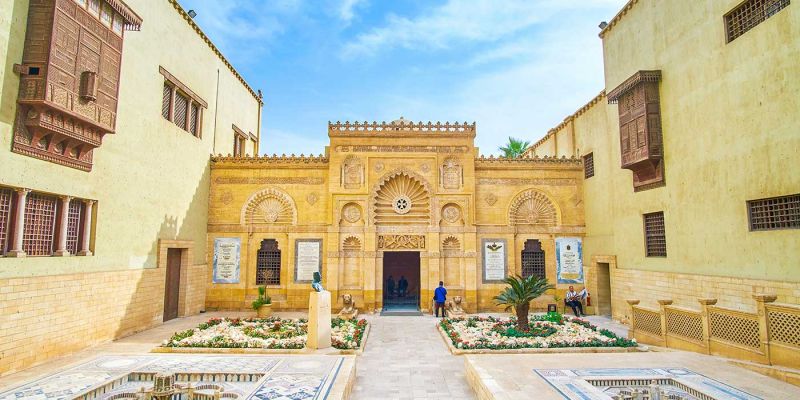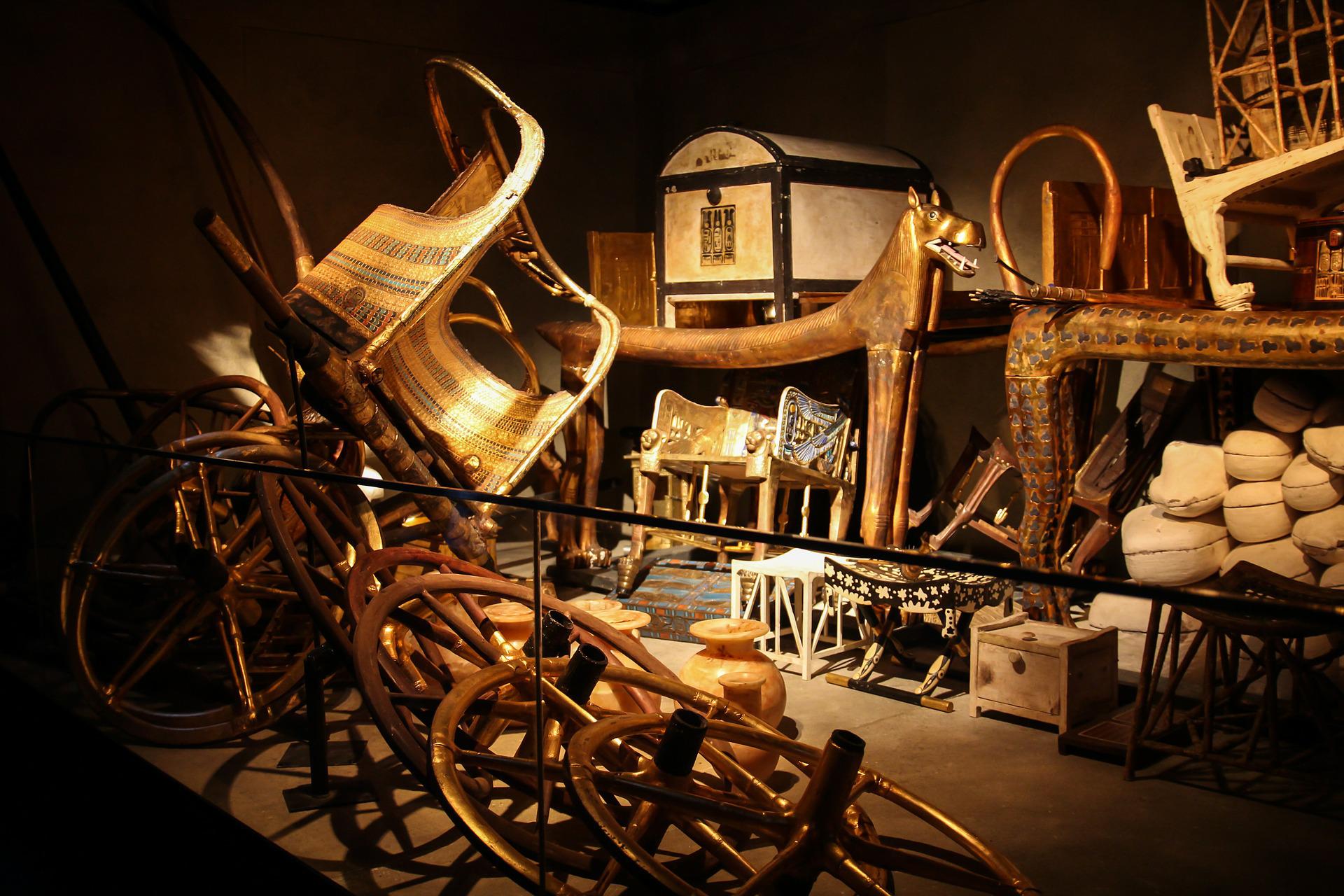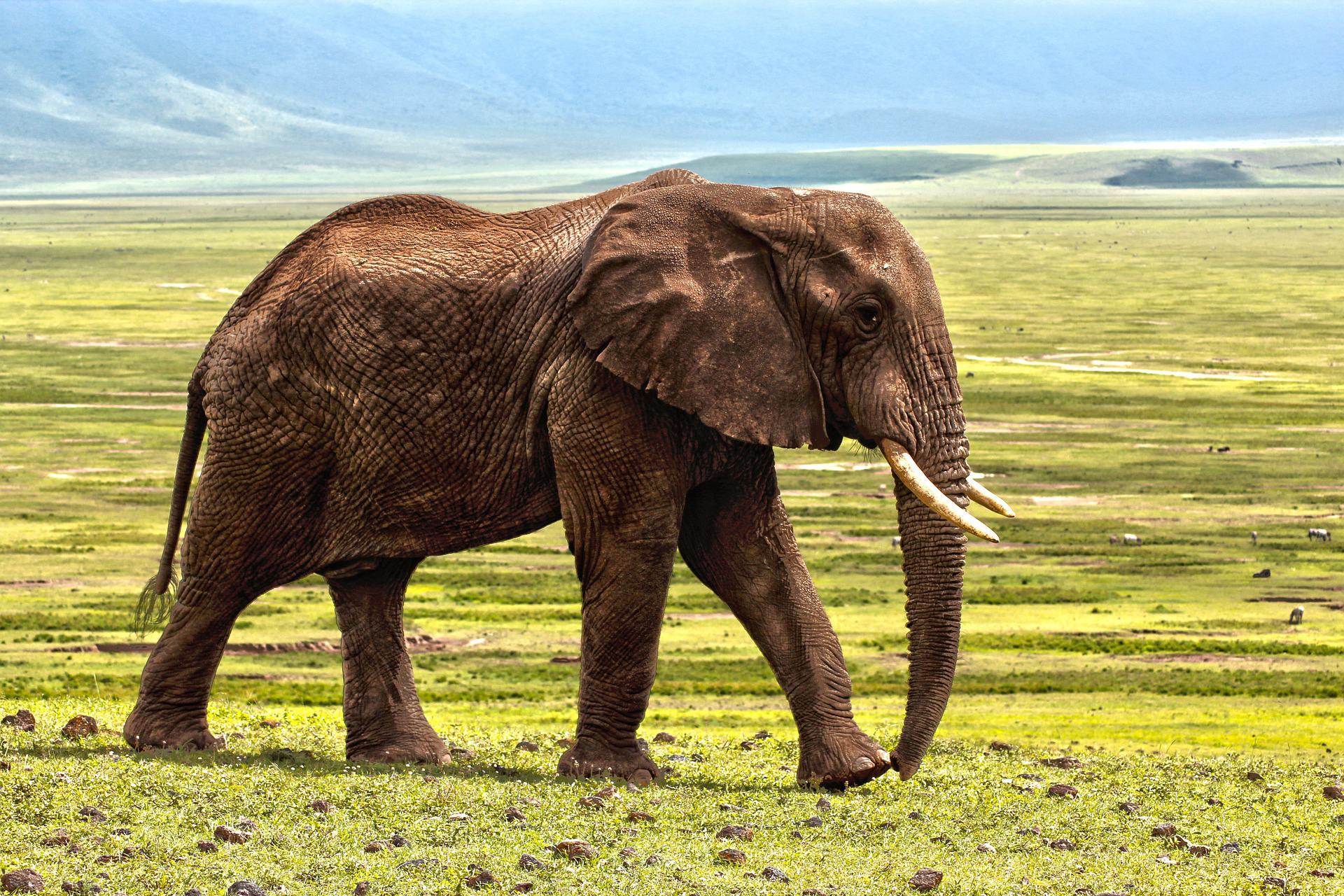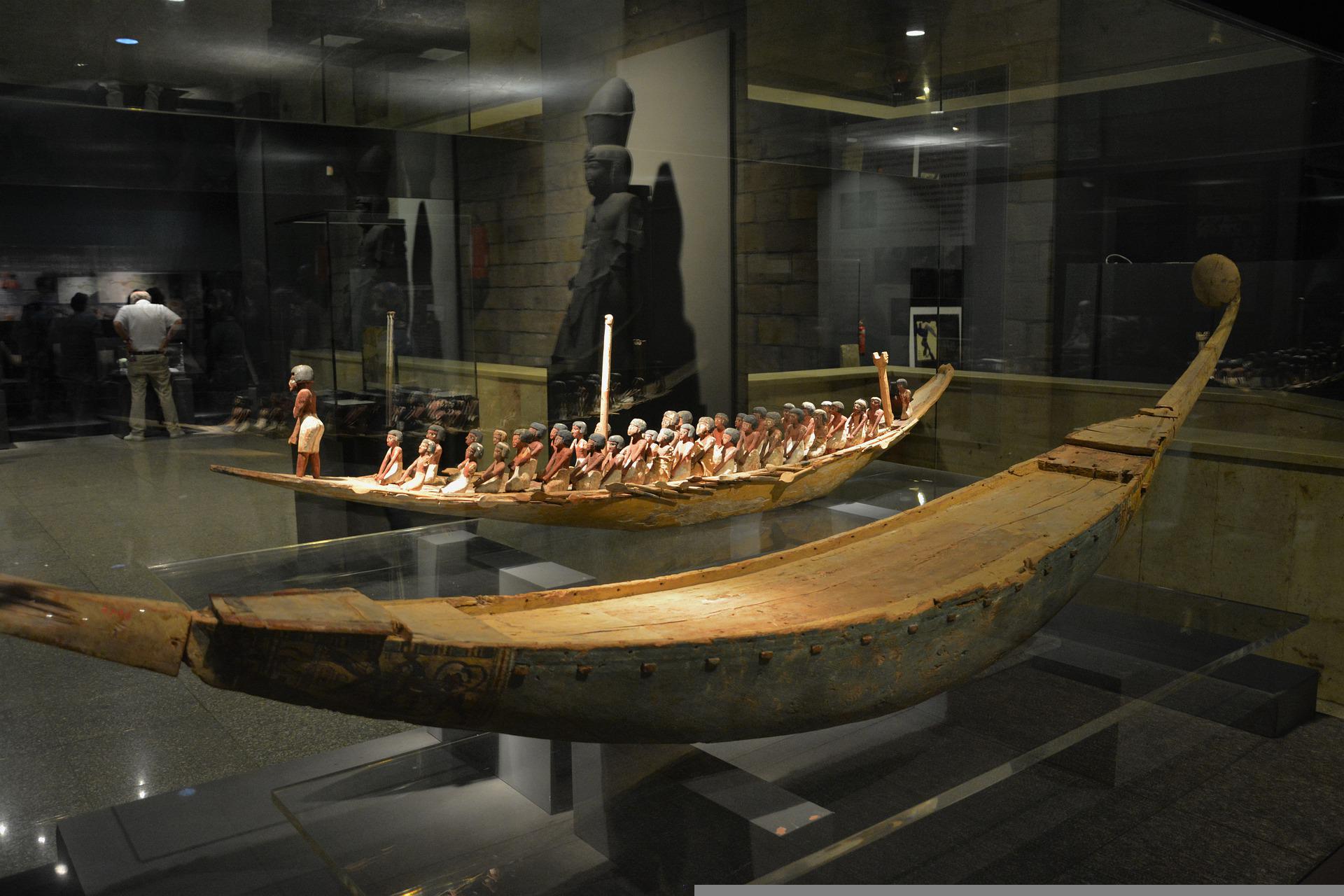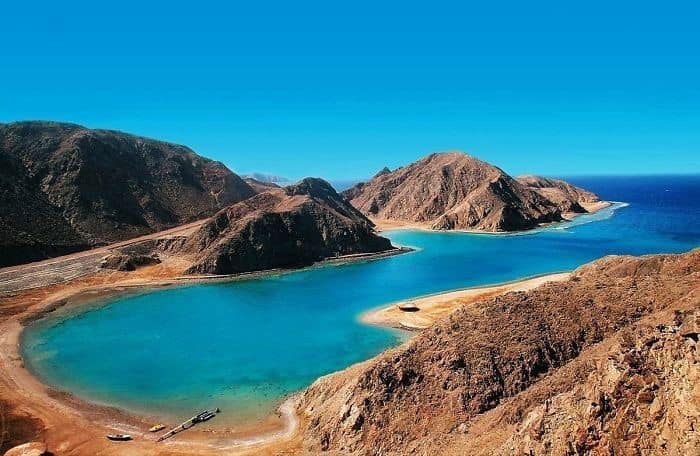
A glimpse on Egypt Oasis beauty
Egypt Oasis are still among the most sacred places in the world, each with a special character of its own. Wherever you stay, you can enjoy the tranquility of the Bedouin lifestyle, date woods, pigeon towers, and blue-washed mud houses. For the best Egypt safari adventure, you can explore the majesty of the desert by camel or jeep, spend a night under the stars, and have the pleasure of a morning dip in the hot springs.
If you're looking for adventure away from the noise of the city if you want to get rid of noise and spend time of rest, adventure and discover a new region of the globe. Oases in Egypt there are only re-discover yourself again
Egypt has seven Oases Located in the Western & eastern Deserts of Egypt; the weather is so harsh all the days of the year.
Oases are inhabited by Bedouin Tribes for years. The Egyptian desert has different oasis such as Dakhla, Kharga, Siwa, Bahariya, Fayoum and Farafra.
Siwa Oasis
Located approximately 350 miles from Cairo, east of the Libyan border, Siwa Oasis is one of Egypt’s best western desert oases with its thousands of palm trees and gorgeous hot springs.
Until the 1980’s when a highway was finally completed connecting it to the coastal town of Mersa Mahruh, it was completely isolated from the rest of the country. Technologies such as television and phones were introduced relatively recently and the internet only within the past few years.
There is an increasing number of hotels ranging from budget hostels to a 5-star eco-lodge in the oasis and the tourist trade is now firmly rooted as part of the local economy, but this has not managed to affect the core of the life in Siwa. To this day Siwa is still a very conservative community and visitors are recommended to respect their local cultural values. Alcohol is banned and local women are rarely seen outside of their houses, it is very welcoming to visitors and the slow pace of the Siwan life is incredibly intoxicating.
Until 1926 the entire population of the oasis lived in a 13th-century mud-brick fortress at the center of town known as Shali, but it was completely destroyed by a heavy 3-day rainstorm.
Crafts and products of Siwa are getting stronger popularity year by year. The Siwan people developed a unique set of designs for their decorations, traditional clothing, cooking pots, and jewelry.
El Fayoum Oasis
The Fayoum as it is known is the only artificial oasis, created not by water springing forth from the ground but by a long canal, naturally formed by the flooding Nile, that dates from Biblical times, called Joseph’s canal.
This stretches from the Nile to the great lake of Birket Qarun. It is this huge lake, which on a rough day looks very much like the sea that gives the special character to the Fayoum. The lake used to be major place for duck hunting and the hotels on its southern shore hosted such luminaries as Winston Churchill and King Farouk as they took pot shots at flying birds. Though there is still some duck shooting there is far more bird watching both on this lake and the nearby Wadi Rayyan another artificially created expanse of water.
Lake Qarun was a freshwater lake until recent times. This has been proven by the fish skeletons and freshwater plankton remains found in mud deposits. In ancient times the flood of the Nile was powerful enough to charge the lake with new water. However since the 1900s, when the British introduced both a dam at Aswan (anticipating the later high dam) and a system of irrigation by more extensive canalization along the Nile, the water entering the lake has been more run off from agriculture than fresher water direct from the Nile.
Farafra Oasis
It knew by the ancient Egyptians as “Ta-Iht” which means the land of the cow by its goddess Hathor.
Farafra Oasis Egypt knew by the pharaohs and mentioned in the inscriptions of the temples as in “the Temple of Karnak”. The occupation of Farafra by the Libyan troops in the period of the pharaoh Amenhotep (son of Ramses II) mentioned in the Temple of Luxor.
It mentioned as the origin of minerals and in the Temple of Edfu, the seven oases and Ti-iht to the northwest of Khenmet (Dakhla Oasis) mentioned.
There are some ruins of the Roman Empire in the place, such as temples, tombs, and palaces.
It was also the refuge of the Copts from the Roman persecution.
In the Islamic period, the oasis flourished because of the trade-in dates, tea, and olives between the oasis and the Nile.
El Kharga Oasis
The Kharga Oasis extends for about 180 km, reachable from Dakhla through the desert road that follows the left bank of the Nile to Asyut. Kharga is the most populated of the western oases of the desert, has over 60,000 inhabitants, and since ancient times has been a point of reference for the caravans that left Sudan to reach the Nile valley in the slave trade.
There are numbers of archaeological finds that testify to the importance achieved by Kharga, with numerous places of interest to explore, including ancient temples, strongholds, and villages. Also of great interest are the traces of the route by which the ancient caravans reached Sudan.
There are many places of interest near Kharga: Qasr el Labeka, the Roman fortress on the old road, the Ethnic Oasis Museum, the Roman Temple of Hibis, and the Christian cemetery with its painted chapels. Remarkable is also the Temple of Dush, dedicated to the Goddess Isis and Serapis, in the Oasis of Baris.
El-Dakhla Oasis
Dakhla Oasis is the southernmost Oasis of Egypt and it was historically located in the center of an important caravans trading route that linked the Dakhla not only to the Kharga and Farafra Oases but only to the Nile Valley in the West and as far to the east as Libya.
As opposed to the other oases in Egypt, more than half of the lands of Dakhla Oasis are agriculturally cultivated. This is because Dakhla Oasis is rich with a large number of water springs like "Bir Talata" (well number three) and "Bir El Gabal" (the well of the mountain). These freshwater springs have become the most popular tourist attractions in Dakhla Oasis because of their wonderful warm water and relaxing atmosphere.
Among the sixteen villages in Dakhla Oasis, the Village of Mut is the largest and most important, with more than 100,000 inhabitants, making it more of a city than a village. The name Mut was derived from the ancient Egyptian goddess, Mut, wife of the famous god Amun and the most important deity among the gods of Thebes. Like many oases of Egypt such as Siwa Oasis, Mut has an old city which is situated on the highest hill of the town and features mud bricks walls and narrow lanes. Southeast of Mut is "Mut El Kharab", or the ruined section of Mut, which is a badly-preserved Roman settlement that was inhabited until the beginning of the 20th century.
The most important touristic attraction in the city of Mut is the spa of the Bir Talata, or well number two, located about two kilometers away from the center of the town. The water of Bir Talata is rich with iron and sulfur which helps in curing many illnesses. The water comes from 1,000 meters underground.
Bahariya Oasis
El-Wahat el-Bahariya or el-Bahariya, is a depression and a naturally rich oasis in the Western Desert of Egypt. It is approximately 370 km away from Cairo. The roughly oval valley extends from northeast to southwest, has a length of 94 km, a maximum width of 42 km and covers an area of about 2000 km².
The valley is surrounded by mountains and has numerous springs. Located in Giza Governorate, the main economic sectors are agriculture, iron ore mining, and tourism. The main agricultural products are guavas, mangos, dates, and olives.
During the World War I the Baharia Military Railway was built to provide access to the oasis. In the early 1970s, an asphalt road connecting Bahariya to Cairo was finished. With the new road came electricity, cars, television, phone lines, a more accessible route to Cairo, and, latterly, Internet. The spread of people and ideas between Bahariya and Cairo has increased dramatically since the road was constructed. Also, the language of the Waḥātī people has been changed and influenced in new ways as the Cairene dialect is heard on television and in music.
